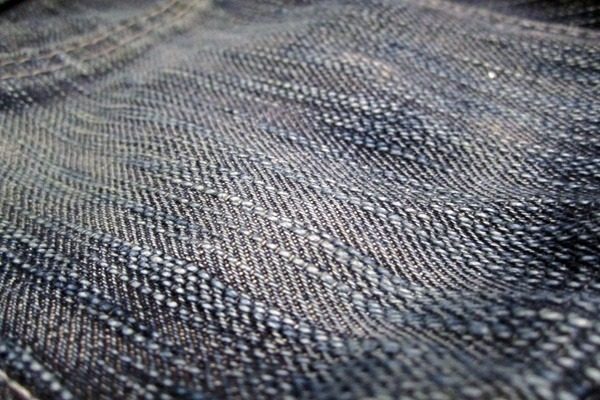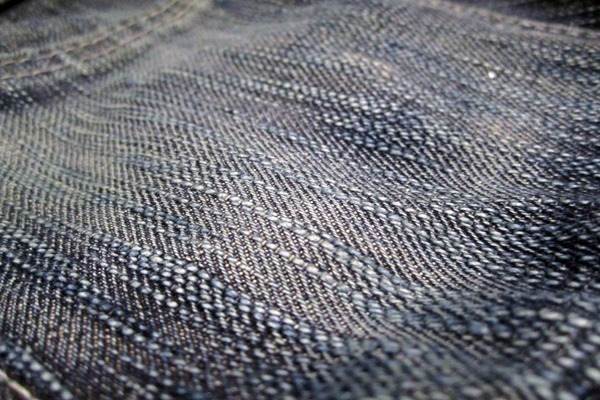
Perfection has never been cool. Classical sculpture used contrapposto poses to imply a casualness (a coolness?) that rigid symmetry cannot capture. In modern dress, some of us embrace imperfection with a little wear and tear–a frayed collar or cuff, some whiskers on our denim, some repair work. But a slubby fabric has its imperfection baked right in.
Slubby fabric’s imperfection–it looks and feels uneven, with raised lumps or bumps on the surface–comes from faults in the thread used to weave the fabric. A perfectly smooth woven will have an even texture, whether the weave is textured or complex, like a royal oxford, so long as it’s made from technically near-perfect thread of even thickness. A thread in a slubby fabric, on the other hand, will vary in thickness along its length just enough so that when a loom slips it over and under the other threads in the fabric, it stands out a little bit. Woven fabrics have warp (vertical) and weft (horizontal) threads, and slubs can appear in either or both–a denim like the one shown above uses slubby thread for the warp but not the weft. Other fabrics will look less “striped” and more nubby.

Almost any woven fabric can be slubby, but the primary places you see it nowadays in clothing are in denim or in silk items, like ties. (There’s a lot in home textiles, like curtains or upholstery, for the same reasons–it adds a nice texture to otherwise somewhat plain, monochromatic fabrics. Also, linen traditionally has some slubbiness and is used in home applications a lot. Lastly, slubs can hide wear and tear.) That said, a good slub can add a nice textural dimension to heavier fabrics and even tailoring or outerwear.

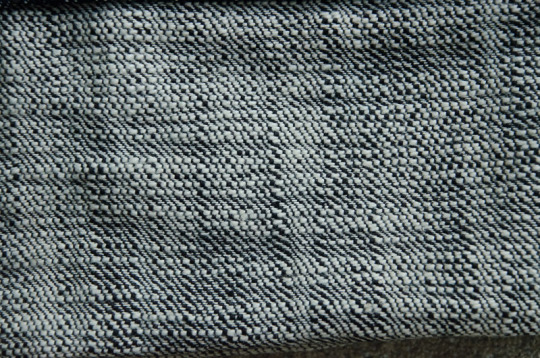

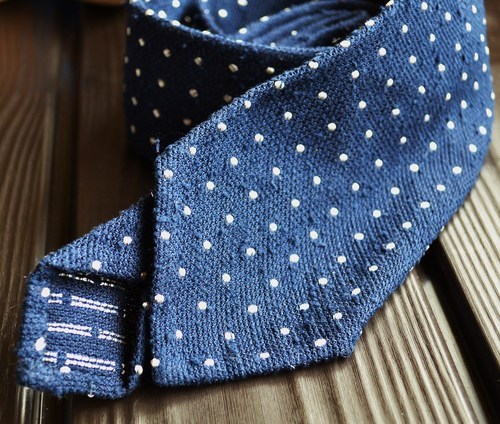

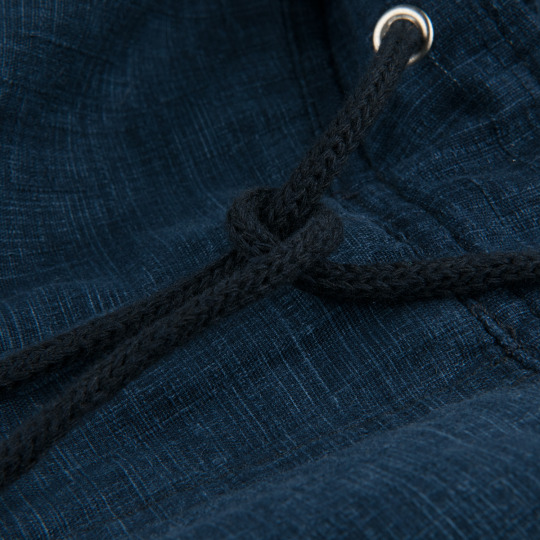
Lead photo via Heddels, which has a lot of good information and photos on slubby denim.
